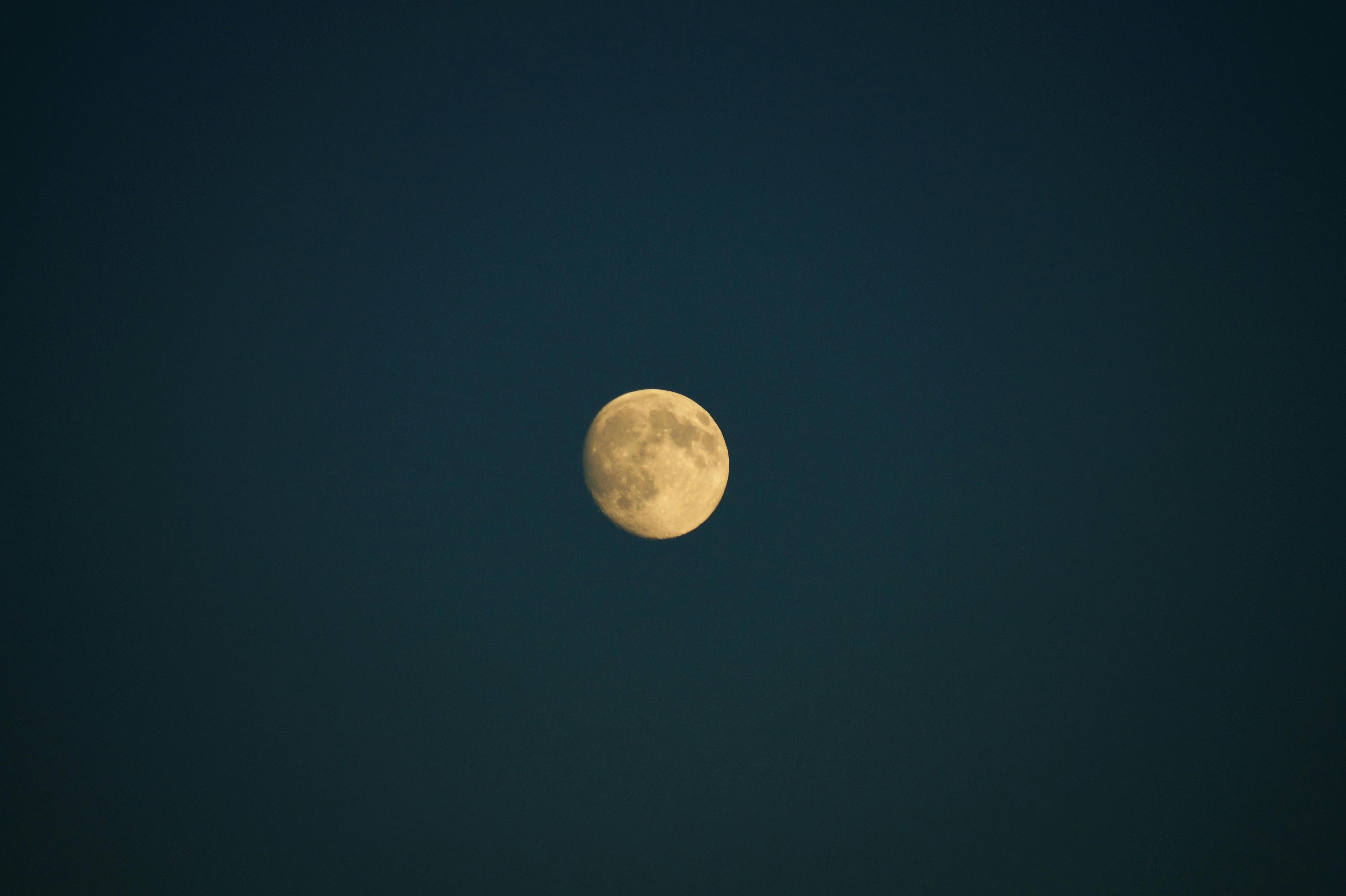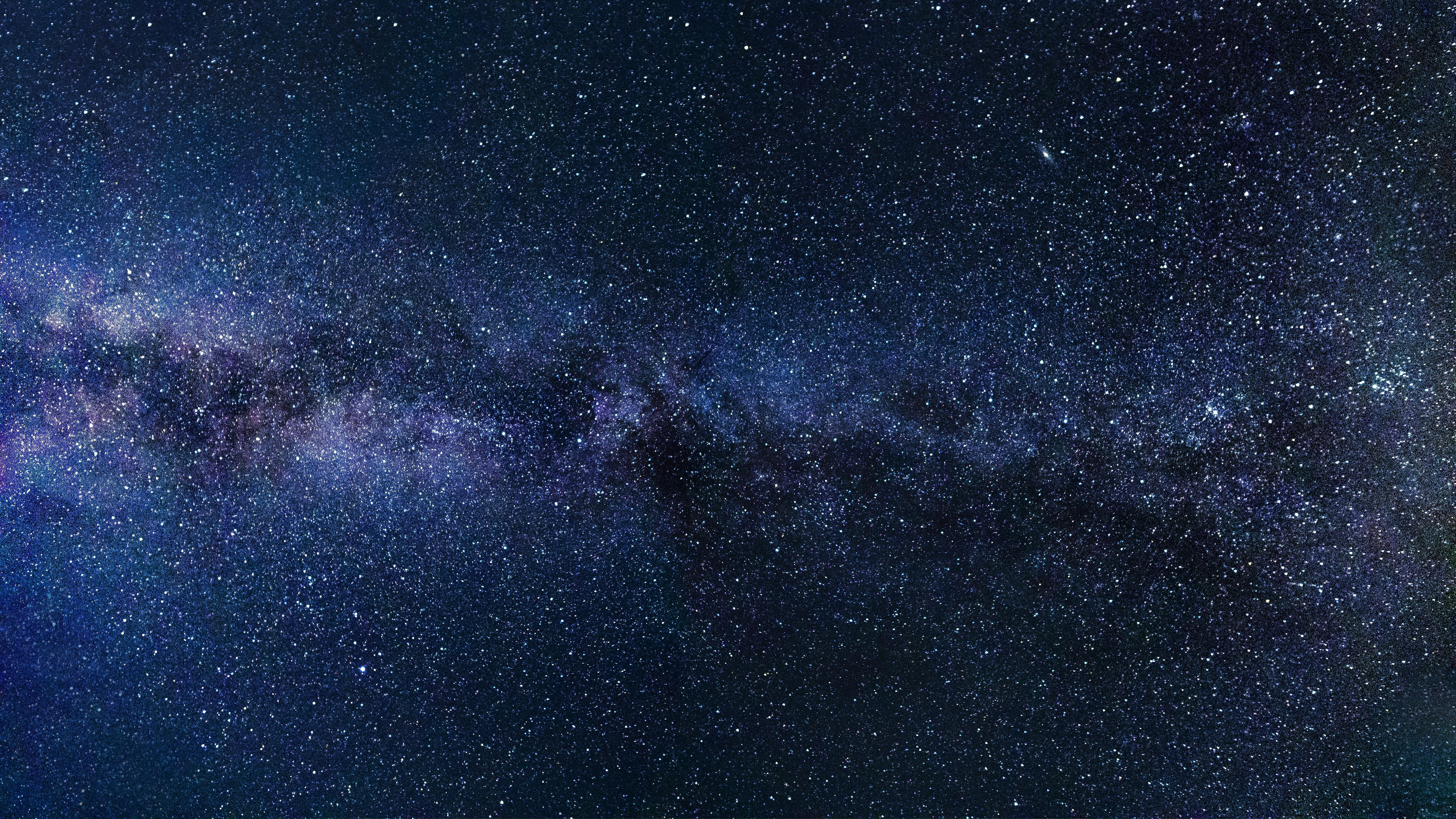The year is 1969. The world watches in awe as Neil Armstrong takes "one small step for a man, one giant leap for mankind." The Apollo 11 mission lands on the Moon, marking a pivotal moment in human history. But even today, over 50 years later, some people believe it was all a hoax. Let's explore the most common conspiracies surrounding the Moon landing and analyze their validity.

The Classic Accusations:
Fake Flags:
Conspiracy theorists claim the waving American flag in lunar photos is impossible due to the Moon's lack of wind.
However,
the flagpole was extended horizontally before planting,
creating a temporary crease that caused ripples when released.
Van Allen Belts:
The radiation belts surrounding Earth are supposedly too dangerous for astronauts to pass through.
Yet,
careful mission planning ensured the spacecraft traversed them during periods of low intensity.

No Stars:
Photos lack stars because they were supposedly taken in a studio. However, long exposure times to capture the lunar surface would wash out faint stars, and astronauts did photograph stars during the mission.
Shadows & Lighting:
Inconsistent shadows are cited as evidence of multiple light sources or studio setups. However, the uneven lunar terrain and the Sun's low angle on the horizon explain the observed shadows.
Beyond the Images:
Missing Technology:
Critics argue the technology for such a feat wasn't advanced enough in 1969. However, extensive documentation, preserved hardware, and independent corroboration from the Soviet Union refute this claim.
Lack of Physical Evidence:
Moon rocks brought back are dismissed as forgeries. However, independent scientists worldwide have verified their authenticity through rigorous analysis.
Motivations for a Hoax:
The alleged reasons for faking the Moon landing (propaganda, Cold War victory) are often unclear and lack concrete evidence.
Why Do These Theories Persist?
Misinformation, mistrust in authority, and a desire for alternative narratives contribute to the endurance of these conspiracies. Additionally, complex topics like space exploration can be challenging to understand, making them fertile ground for skepticism and misinterpretation.
So, Do These Theories Hold Any Weight?
The overwhelming consensus amongst scientists, historians, and independent experts is a resounding no. The evidence overwhelmingly supports the reality of the Moon landing. Extensive documentation, physical evidence, and independent corroboration leave no room for reasonable doubt.

Conclusion:
While the human instinct to question and explore alternative narratives is healthy, we must critically evaluate information and rely on credible sources. The Moon landing stands as a testament to human ingenuity and collaboration, an achievement etched not just in photos and memories, but in the very fabric of scientific progress. Let's celebrate this giant leap for mankind, grounded in the firm foundation of reality, not the shifting sands of conspiracy theories.
Remember: It's important to be critical consumers of information, especially when encountering sensational claims. Seek out reliable sources, fact-check information, and engage in respectful dialogue to separate truth from fiction. Let's continue exploring the universe with curiosity and reason, building on the foundation laid by those who dared to take that first giant leap.



